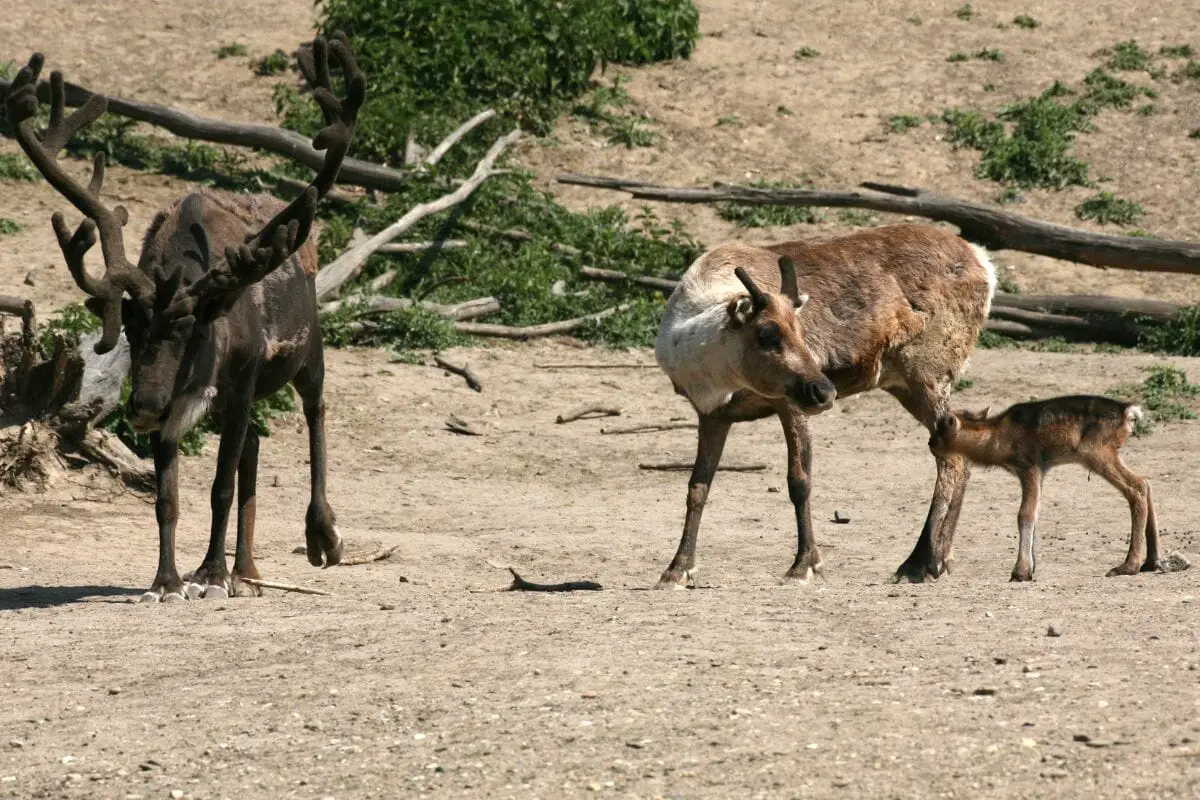There is plenty of evidence to suggest that humans are social animals. Studies suggest that if we are deprived of social interaction, then this can cause serious consequences to our psychology.

However, social interaction is not something that only humans partake in.
There are many species of animals that live in social groups, sometimes known as packs. These animals will live in these social groups throughout their lives.
These social groups will be based on related members and are only changed by the birth and death of these members.
In this article, we will discuss the various types of animals that live in packs and other social groups. So, if this is of interest to you, then read on for more!
Animals That Live In Packs
Here are some examples of animals who live in packs.
Wolves

The social group of wolves is known as a pack. Wolf packs are typically made up of a mating pair and their children.
Packs will generally consist of anything between five and eleven wolves. However, in some cases even larger packs exist, some consisting of up to forty-two wolves!
Wolf offspring, known as pups, will live within the pack and will be provided for and protected until they come of age, which is anywhere between ten to fifty-four months.
After they reach this stage, they will leave the pack, make a pair, and find unclaimed territory in order to make a new pack.
Wolves are very territorial animals. They will fight any intruders that wander onto their territory.
However, there have been cases where an unrelated wolf will become an adopted member of the pack. This is usually to replace a pack member that has died.
The territory of wolf packs can vary in size. Usually, their territory will span four fourteen miles on average, but there is a wolf pack in Alaska that has a territory covering 2,422 square miles!
Coyotes

The social group of coyotes, much like wolves, is known as a pack. Coyotes and wolves are both from the same family, the Canidae family, although coyotes are smaller than wolves.
Coyotes are part of a large pack, despite hunting either in pairs or alone.
Sometimes, coyotes will work together to kill their prey, typically deer, by driving them towards other members of the pack, who will remain hidden until the deer draws closer.
Coyote packs will work to defend their territory from other coyote packs.
They are typically led by an alpha male and are made up of this alpha male, his female pair, and their close relatives, such as their offspring, etc.
Coyotes will typically communicate with each other using sounds. This can include howls, barks, and yips.
The iconic howl of a coyote is used to inform other packs of their own pack’s territorial boundaries.
Additionally, when members of the same pack unite, they may howl at each other.
Both male and female coyotes will take care of their pups. The males will bring the pups food and will defend them from any predators.
Aside from this, coyote pups will rely on the female coyote. The female coyote will typically stay with the pack, while the male coyote will leave the pack to form their own after nine months.
Animals That Live In Other Social Groups
Here are some examples of animals who live in other types of social groups!
Elephants

Elephant social groups are also known as herds. There are three different types of elephant species, Asian elephants, African bush elephants, and African forest elephants, all of which have tight-knit social groups.
The herds mainly consist of female elephants and their children. All members of the herd are usually closely related, and they are typically led by the oldest female of the herd.
When this matriarch dies, the eldest offspring of the matriarch will take leadership of the herd, even if there are older and more experienced elephants present.
Additionally, male elephants are present in the herd. However, upon turning fifteen, they must leave the herd and live alone.
Although, it is important to note that there have been some instances of male elephants, known as bull elephants, grouping together to make a group of bachelors. This group will consist of ten bull elephants.
Lions

The social group of lions is called a pride. Lions are actually one of the few species of cat that show any sign of social behavior.
Other breeds of cats usually live alone, but lions are well known for their characteristically strong social behavior.
Prides are typically made up of lionesses and their cubs. They will usually be led by the males in the group.
The lionesses of a pride are usually intolerant of lionesses outside of the pride and will chase them away if they approach.
Some male cubs will leave the pride when they turn two or three years old. These male lions are known as nomads, and can sometimes come together to form a nomadic pair.
Generally, a pride of lions will consist of fifteen individuals, but larger prides can exist. Some prides will even have 30 + lions!
Every lion in a pride has a specific role to play. The males will have the responsibility of defending the pride from anyone who tries to intrude on it.
Final Thoughts
So, there you have it! There are many animals that travel and live in packs and in other social groups. Like humans, animals can rely on social interactions.
Animals will rely on social groups to hunt, for protection, and for the survival of their pack and species as a whole.
Some social groups are known as packs, and groups of wolves and coyotes are known as packs. Other animals will travel in social groups under different names.
For example, the social group of elephants is called a herd, while the social group of lions is called a pride.
We hope this article taught you all you need to know about animals that live in packs and other social groups.









